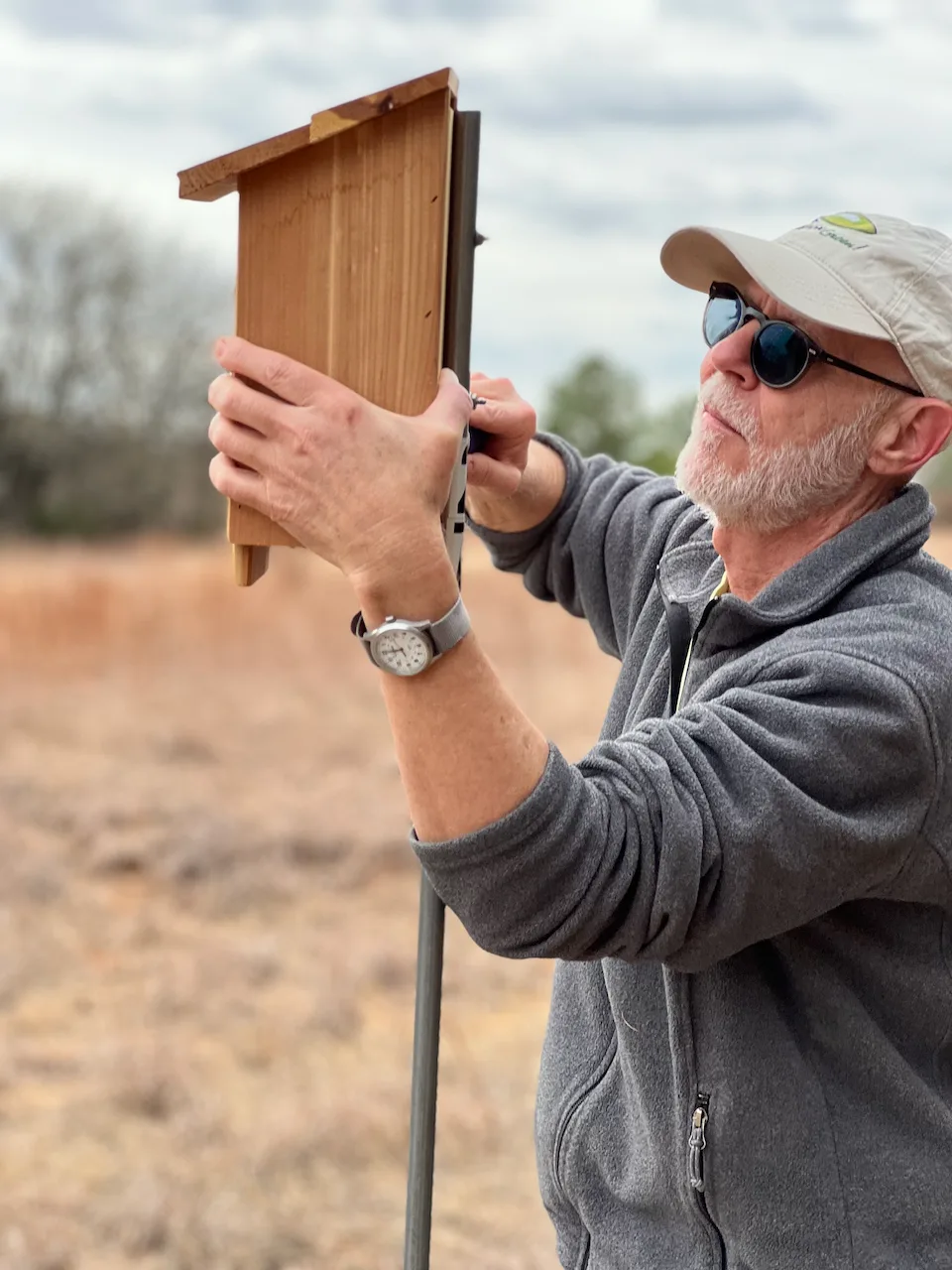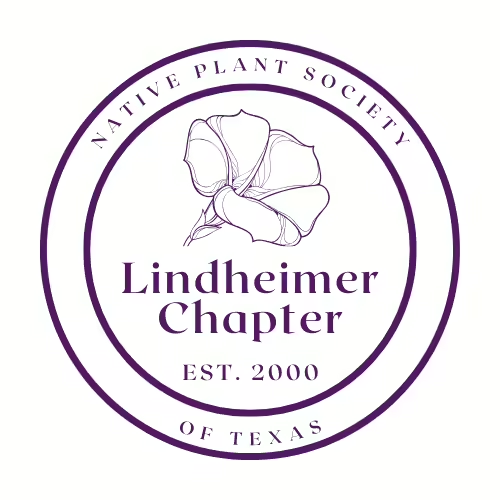June 22, 2023 @ 6:30 pm – 8:30 pm

The monthly meeting will be live at TWU (see link to map below) and simultaneously broadcast via Zoom (see Zoom link below)
6:30 pm Refreshments & socializing
7:00 pm brief business meeting with program to follow.
Our June program will be presented by Jerry Hamby. Jerry is a Texas Master Naturalist, a Texas Master Gardener and a member of Trinity Forks Chapter of NPSOT. His program will be “Backyard to Back Country: Monitoring Bluebirds at Home and in the Wild”
Monitoring nest boxes is a rewarding activity that requires minimal skill and provides valuable data through citizen science. Jerry Hamby will share his experiences in the LBJ National Grassland, where he and other volunteers maintain and monitor more than thirty eastern bluebird nest boxes. He will also discuss considerations for installing boxes in your own backyard and ways to attract bluebirds while discouraging predators. Through photos from the field, he will trace the nesting cycles of bluebirds and other cavity nesting birds that occupy nest boxes, and he will provide resources for becoming a Cornell Lab NestWatcher.
Jerry Hamby was born and raised in the Texas Panhandle but lived more than half his life in Southeast Texas. For thirty-one years he taught English and Humanities at Lee College in Baytown.
Jerry completed training for the Texas Master Naturalist program with the Gulf Coast Chapter in 2014 and for seven years was a lead volunteer at Exploration Green, a 200-acre nature park developed on the site of the former Clear Lake City Golf Course in Houston. He and a co-leader managed an on-site nursery and coordinated the planting of 1,350 trees. He was also an inaugural member of the Clear Lake Chapter of NPSOT, which was formed in 2016.
Since moving with his wife Susan to Denton in 2021, Jerry has volunteered most extensively at the LBJ National Grassland, where he monitors bluebird nesting boxes and records observations for the Great Texas Wildlife Trails Adopt-a-Loop project. In 2022 he and Susan completed training for the Denton County Master Gardener Association.
Location: The Ann Stuart Science Complex (ASSC) Room 259 at TWU
Campus Map
Parking is available beginning at 6pm.
Zoom:
https://us02web.zoom.us/j/83237641371?pwd=dzhGUlptdnowQk1XQ29iby9LbFYydz09
Meeting ID: 832 3764 1371 Passcode: 107836 One tap mobile +13462487799,,83237641371#,,,,*107836# US (Houston) +17193594580,,83237641371#,,,,*107836# US
Details
- Date:
- June 22, 2023
- Time:
-
6:30 pm – 8:30 pm
- Event Category:
- Virtual
- Event Tags:
- Trinity Forks Calendar






